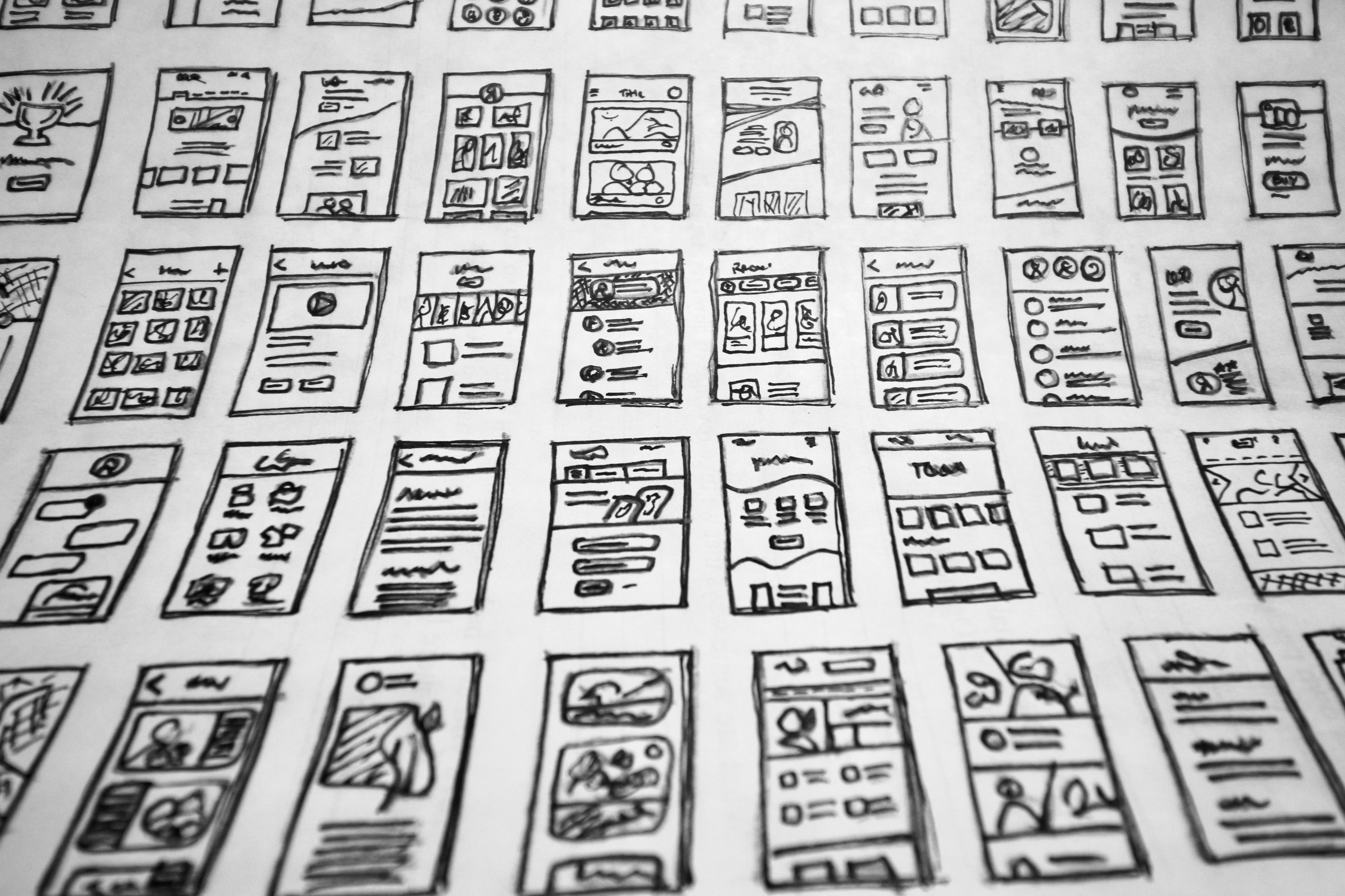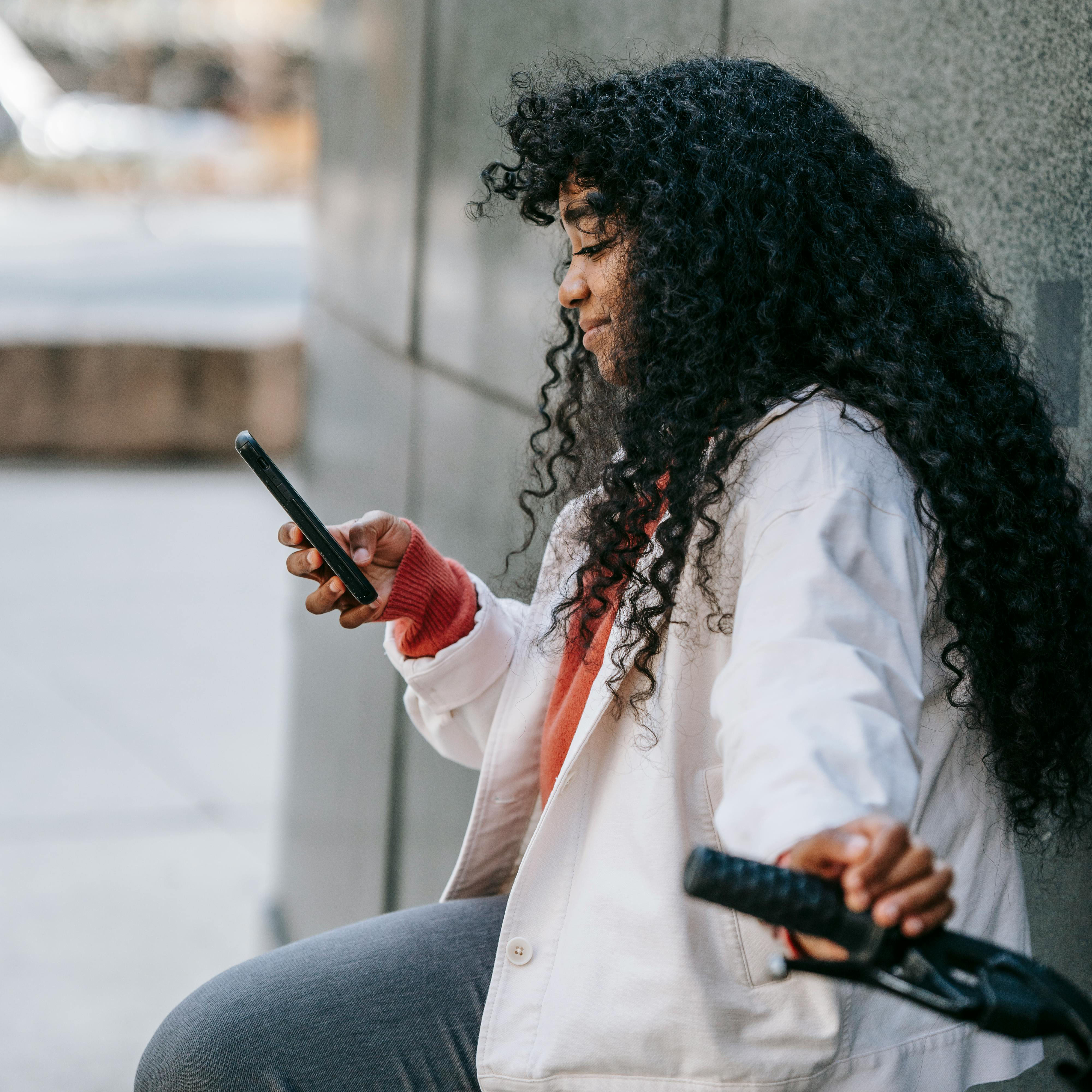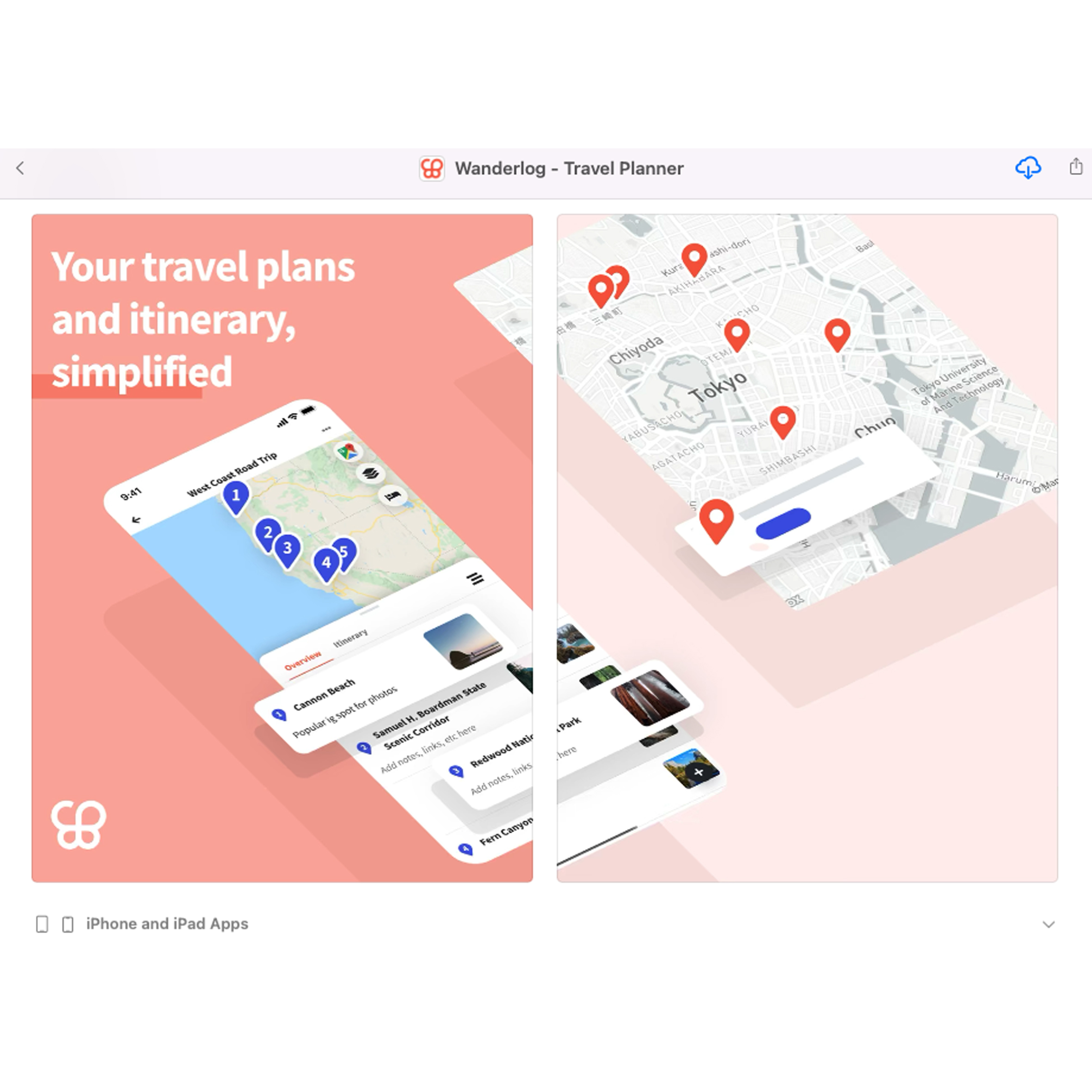How Sanvello Uses Behavioral Design to Boost Mental Health
Whether due to cost or the lingering stigma associated with getting help, many people whose mental health could benefit from therapy don’t seek it....

Successful apps aren’t just usable; they make users want to use them. Too often, companies build an expensive app, only to struggle with user adoption.
Whether from an unintuitive user experience or misalignment with user needs, the new app languishes because it doesn’t resonate. Instead of shaping behavior through design, some companies try to save their enterprise software with training. Ultimately, this approach wastes money, time, and energy without addressing the underlying issues.
For all these reasons, a basic UX plan is not enough. Behavioral design is the future of UX.
Behavioral design is the practice of applying behavioral science and psychology to design decisions. It aims to influence user actions by leveraging cognitive biases, habits, heuristics, and motivation triggers—making products not only usable but also persuasive and habit-forming.
It focuses on why people take certain actions and then applies those principles in products, services, and environments to encourage certain behaviors. Key elements of behavioral design include:
Behavioral design techniques are informed by foundational frameworks, such as BJ Fogg’s Behavior Model (B = MAP: Motivation, Ability, Prompt) and Nir Eyal’s "Hooked" model (Trigger → Action → Reward → Investment).
Behavioral design in software UX focuses on creating engaging user experiences that draw from science to encourage users to take specific actions within a product. UX behavioral design seeks to define user motivations and rewards before developing an MVP or prototype.
In product UX, behavioral design lets users’ emotions and needs guide the overall development process. It’s a user-centered framework for developing software and apps. At the same time, it presents triggers to get the user to take specific actions.
Essentially, it follows the following formula: User’s Behavior = Ability + Motivation + Trigger
The designer must find the right trigger and gentle nudges that prompt a user’s ability and motivation to complete a task. That’s where UX development and behavioral design intersect.
The line between positive influence and manipulation is thin. In the end, it’s important to recognize that behavioral design is about using deliberate techniques to influence someone’s behavior. Ethical consideration is critical to ensure the responsible use of behavioral science and to avoid manipulating users.
|
Traditional UX |
Behavioral UX |
|
Focuses on usability and access |
Focuses on motivation and behavior |
|
Seeks to minimize friction |
May deliberately introduce nudges or friction |
|
Based on user feedback and testing |
Based on behavioral psychology and decision science |
|
Reactive to user needs |
Proactive in shaping user behavior |
The line between positive influence and manipulation is thin. Influencing behavior through UX can easily tip into coercion if used irresponsibly.
Behavioral design uses deliberate techniques to influence someone’s behavior, so ethical considerations are critical. Transparency, user well-being, and consent should guide design decisions. Frameworks like the EAST model (Easy, Attractive, Social, Timely) or design justice principles can support ethical application.
Your software should be delightful for target users. They should eagerly adopt it because it makes their lives easier and better. So, how can designers and developers ensure that software resonates?
There are two primary ways: user interviews and behavioral design best practices. Each has an important role, but many software development companies today focus too heavily on the former.
User interviews offer important information you need to gather about your users that you can’t get any other way. These can include details about where they’ll be using the software, what processes the software needs to fit within, and integrations users want.
We can’t always accurately predict our behavior, especially reflexive behaviors (which often come into play with software). Sometimes, we act outside our conscious control. That’s why it’s important to study behavioral design. Psychologists often uncover subconscious preferences and behaviors, and it helps to design accordingly.
Behavioral design fills the gaps between what we expect people to do and how they actually operate. Based on behavioral science, this design methodology offers insights into the way all humans behave. With behavioral design, developers can build a UX around proven explanations of why people do what they do. That way, the software is enjoyable for people to use. Developers can also take advantage of behavioral patterns to create software experiences that drive usage.
Behavioral design leverages what we understand about the neurological loop. Simply put, a cue triggers a routine (behavior) that delivers a reward. Behavior that’s rewarded is repeated. And thanks to behavioral science, we know how you deliver the reward impacts how strongly the behavior is reinforced.
In an app, behavioral design can translate into several kinds of features or design choices. Some examples of how to implement behavioral design include the following.
When you look for app examples, you’ll find that nearly every successful app leverages behavioral design. Facebook wouldn’t have changed the social media landscape without impacting our behavior. Spotify wouldn’t tell everyone their “minutes listened” at the end of the year if users didn’t keep coming back. The list could go on and on, but we’ll break down a few just to help illustrate how behavioral design principles are integrated into UX design.
Fitness apps like Fitbit use behavioral design to motivate users to exercise. Fitbit was an early player in the health/fitness app world. Most memorably, the app sent users reminders to move around when a phone or watch had remained still for too long. Users would follow these suggestions. Over time, as they see the successful completion of their “10,000 steps a day,” users would want to continue the streak and develop a habit.
Naturally, any social media app leans heavily into social proofing. Instagram and apps like it use behavioral design to nudge users to keep viewing and engaging with content. When we post a photo online before bed, we all wait for that notification in the morning that says how many people have liked it. Then, users open the app to scroll through the likes to see who hit the heart button. The gratification, or “reward,” of that like count keeps many users coming back to the app.
Many successful retailers have become masters of behavioral design. They must tap into the neurological loop to keep selling more clothes, shoes, or other goods. Adidas has a feature on its app for registered users called “Creator Club.” As club members spend more money on Adidas.com or in-store, they earn points. The more points users earn, the higher their level becomes. Higher levels unlock features and restricted access to products and events. The reward comes from moving up through the ranks and experiencing exclusive benefits.
It’s hard to form a new habit that sticks. Budgeting is already a task many people find difficult, so combining the two makes for an uphill battle. Mint, the finance app, taps into the power of behavioral design to motivate users to use the app. It sends users a little celebration on payday, saying “Woohoo! You got paid!” This timely notification encourages users to log in and review their accounts. Now that they’re in the app, users are more likely to use one of the other features present. Congratulating users on an accomplishment, like getting paid, acts as a reward. It’s a clever strategy to nudge users who might have fallen off to get back on track.
Like other fitness apps, Peloton uses behavioral design to keep users on track with their fitness goals. The app's design encourages users to have exercise “streaks” or consecutive workout days. Completing a certain class series or a specific number of consecutive workouts earns users special badges. This reward triggers an action of showing up in the app day after day.
There’s nothing more satisfying than crossing something off your to-do list. Project management apps like Asana use behavioral design to replicate that dopamine hit in a digital space. When users complete a task in Asana, they are rewarded with a fun mythical animation that conveys a sense of accomplishment. The idea is that this design will encourage users to spend more time in the app and ultimately knock out more to-dos.
Many shopping apps use timely notifications to notify users of sales, limited-time offers, or new collections. Poshmark is one example. The app entices users to spend time buying or selling on the platform with custom notifications. Many of the messages convey offers that only last a few hours or days. This creates a sense of urgency that nudges users back onto the app.
There are numerous behavioral design principles, but some apply to app design more than others. Some behavioral design principles are so pervasive that they’ve formed the foundation of all software and app development. These two main ideas are simplicity and cueing. As a golden rule of UX development:
Some UX developers add one more step to this second principle to form the CAR model:
Cue → Action→ Reward
The idea is that once you cue a user to take an action, you provide a reward to encourage the continuation of the behavior. This could look like confetti appearing on your screen when you complete a goal in your habit-tracking app. Or perhaps, you have some fun creature fly across your screen like the task manager Asana developed.
In addition to simplicity and cueing, other main behavioral design principles include the following.
Do you book the freelancer with a couple of five-star reviews or the one with five? People feel legitimized in their decisions when they see others making the same one. Users feel less alone when their actions are supported by others who have done the same thing. Looking for clothes by using the “best sellers” category can encourage users to complete a purchase because their choice is validated.
“Don’t let perfect be the enemy of good.” Even though computers didn’t exist when Voltaire coined this phrase, it applies so well to digital actions. People make snap decisions online. Most users want an answer quickly. It’s why we all skim an article on a page and, without reading more than the headline, decide it’s not for us. Users will sacrifice “perfection” if they can have an easy choice presented obviously and quickly.
People who have fallen out of a habit or aren’t achieving their desired outcomes typically don’t like to hear about it. It’s why apps like Duolingo take an overly positive and encouraging approach to challenges. Reminding someone that they haven’t logged into the app in a while or have fallen behind in daily lessons has an adverse effect on behavior. Users don’t have a good emotional response to that prompt, so they’re likely to continue the unwanted behavior.
When users explore a new software or app, most want to click around the interface before committing to anything. To do this, users need to feel like they can learn the app without suffering any unwanted consequences. This is where back buttons and prompts like “Pick a username. You can change this later” come in handy. Knowing they can try out a photo filter, for example, and change it provides freedom to enjoy the software fully.
The more software developers base their designs on proven scientific principles, the more likely they are to build products that people use. Again, user interviews are essential, but they’re not enough. People are notoriously poor at self-reporting what they want. By neglecting behavioral design, developers are working with one hand tied behind their backs.
UX is ever-changing, and lately, it’s leaning heavily into user-centered design processes. Instead of making users conform to an app, developers design software to play into well-established user motivations. Behavioral design interplays with the newest advancements in software, such as AI, voice control, and VR. These new game-changers are built with the users’ motivations in mind. The future of UX is closely linked to behavioral design. Leaning on these principles to guide development will help software stay competitive in a fast-paced field.
Ready to think beyond standard UX principles and embrace behavioral design? With a clear grasp of what motivates users, we’re skilled at building software users want to use. Schedule a free consultation to learn more about our design philosophy and development approach.
Explore Designli's UX/UI Design Services →
You might also like:
Subscribe to our newsletter.

Whether due to cost or the lingering stigma associated with getting help, many people whose mental health could benefit from therapy don’t seek it....

In the “Under the Hood” Series, we look at how popular apps have grown loyal usage through behavioral design. Seeing the techniques in action should...

In the Under the Hood Series, we look at how popular apps have grown loyal usage through behavioral design. Seeing the techniques in action should...
Post
Share